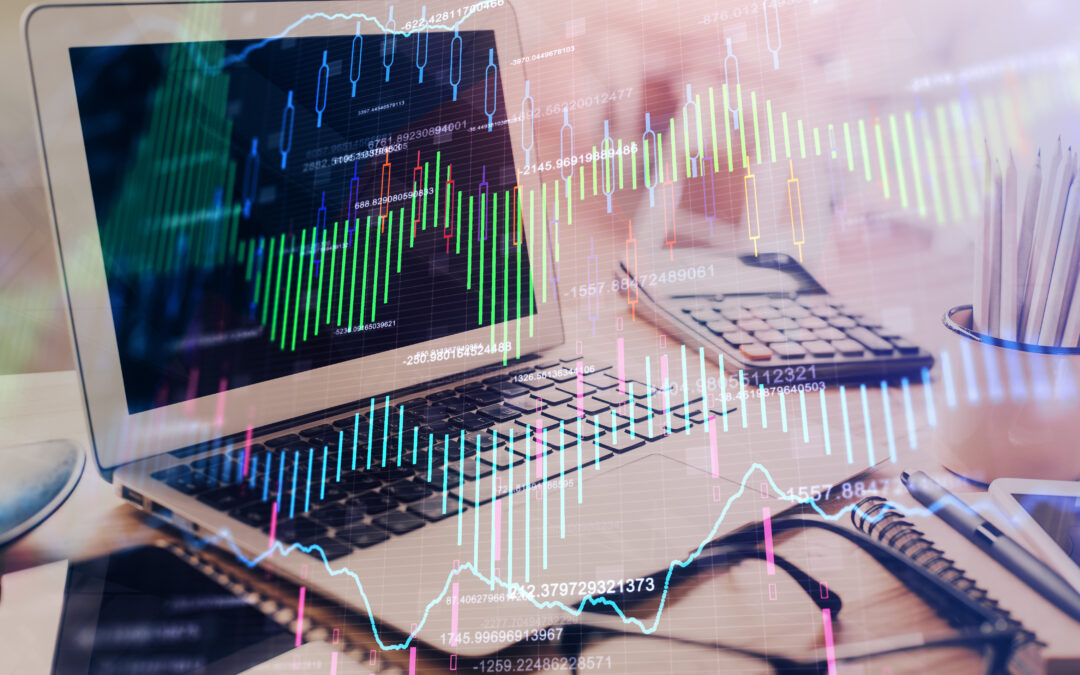For the month of October, the NASDAQ finished down 2.8% for the month. The S&P 500 was down 2.2% for the month while the Dow was down 1.36% for the month.
Of course, the big news this month is the escalation of combat between Israel and Hamas. While this creates a more dangerous world which in turn creates more uncertainty in the markets, this does not have a dramatic effect on the American economy and largely has little effect on other economies around the world. What it does is increase volatility in the short term and uncertainty over the coming year(s). The likely effect of this uncertainty is that it will make the world a bit more transactional which will tend to favor India, Viet Nam, certain African nations, and perhaps even some South American countries.
Domestically we are starting to see the effects of increased interest rates on the economy. We are seeing a slight erosion of employment. While unemployment remains low, the labor force participation rate has increased slightly while unemployment also increased slightly. This indicates more people are looking for a job and not finding it, which could argue for a gentler Fed approach.
At the same time, average investor sentiment has weakened, which historically has been seen as a contrary indicator. SentimenTrader’s “Dumb Money Confidence” index has moved sharply lower but is not in extreme-pessimism territory. Note that the index name isn’t meant to imply that average investors are “dumb”; rather, it relies on a series of indicators that tend to capture trend-following in the market, which often peaks around the time a trend is becoming exhausted.
The recent turmoil in the banking sector shifted the landscape dramatically for fixed income markets. After discounting the potential for the federal funds target rate rising to as high as 5.5% or more in the next few months, expectations are now for a peak rate of 4.75% to 5%, suggesting at most one more quarter-point interest rate increase—or none at all–followed by rate cuts in the second half of the year. We believe the expected rate cuts are more likely to start in 2025, not in 2024. Long-term Treasury bond yields have also fallen sharply.
We believe all this means that it is important to embrace the practices of diversification and periodic rebalancing.
Check out my monthly MarketWatch blog at: http://wcmtexas.com/marketwatch
Have a question? Let me know! Email me at kcompton@wcmtexas.com.

